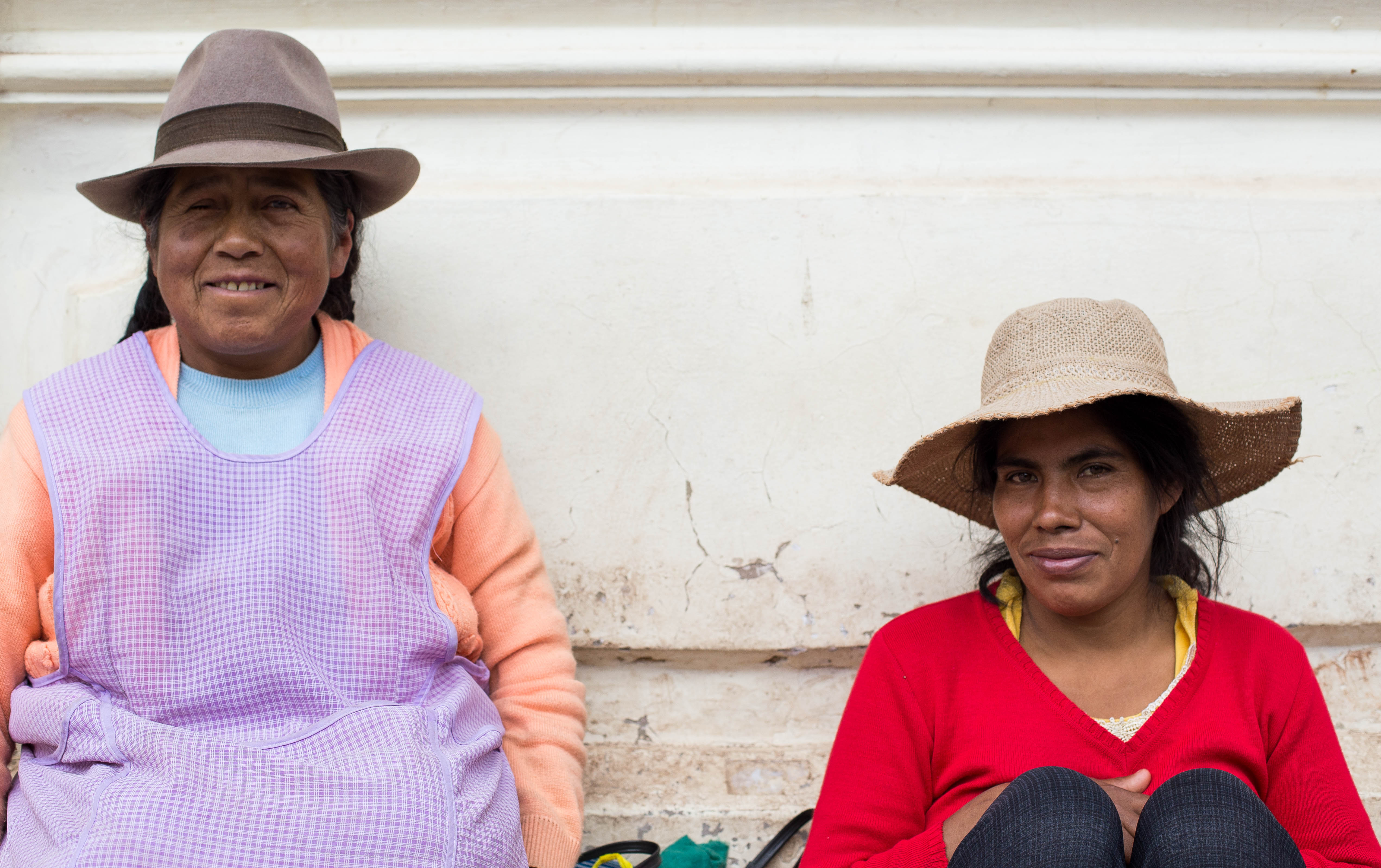Your cart is currently empty!
Faces: Peru
Two weeks and some change. That’s it. I had only two weeks and a few days to travel Peru, north, and south, nonstop. Now that I look back at my pictures, I’ve realized how rewarding the trip was, even though by the end of it I was so exhausted I began considering my return home. I had only a list of the touristic destinations I planned on visiting but otherwise little knowledge of the culture (I find it much less disappointing and surprising to have zero stereotypes and expectations about a country and its people).
Like all the other countries I have visited, Peru differed greatly. From its arid landscape in the West coast to its tremendously breathtaking mountains and lush jungle in the East, inevitably became an astonishing destination. Its population is mainly indigenous or mestizos, a mixture of Spaniard and indigenous, with some Afro culture in the West.
The people of Peru strongly preserve their ancestral roots of the Quechua culture, which carves its way through Ecuador, Peru, and Bolivia. One of the center figures and protagonists of the Quechuas’ is the beloved Pachamama. Our Mother Earth that is so often belittled in the present. Pachamama not only represents the Earth itself but the concept that we are simply visitors to this Earth and should be respectful of the borrowed land. Pachamama is tossed around, often heard in conversation, but greatly losing its value. Out of the many countries I have been fortunate enough to visit, Peru was the first country where I saw the most trash and waste. There seemed to have been mounds of plastic and miscellaneous items in every corner. Furthermore, I witnessed multiple times people tossing their scraps of plastic wrappings from their lunches and crumpled napkins into the open street. Pachamama is losing its gravity, but with just a push for education it can reign again in classrooms for our future generations.



Unlike the popular belief that all Latin Americans are loud and charismatic, I found many Peruvians I interacted with to be the complete opposite. My requests to take pictures were often met with shy smiles and furtive looks, timidly shaking their heads and nervously giggling a no.



According to our tour guide in Cusco, the representative name of the Incan community is erroneous. The only ones who are known as Inca’s, were the kings, while the rest of the community was Quechua. More so, Quechua isn’t the name of the language, it’s Runasimi. So, the Inca’s were the kings, the Quechua was the people and they all spoke Runasimi.






Here’s something silly/dumb: I had decided to forgo a hike up a windy mountain and preferred venturing around the island of Amantaní. I stumbled upon a group meeting, flourishing in colorful skirts and capes. I happily began to snap away until I was abruptly told to stop because my picture taking was interrupting their town hall meeting discussed in Ayamara. I embarrassingly slinked away and resorted to taking pictures of the only donkey on the island.


Leave a Reply